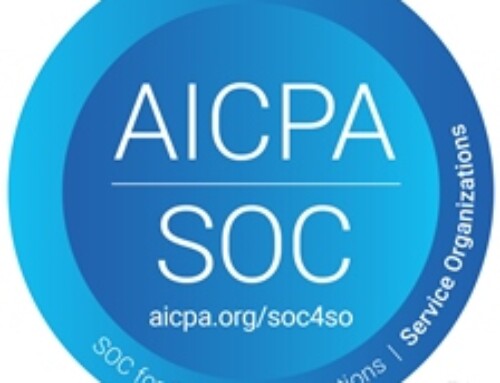Your UKAS accredited certification is worthless if your system only exists to proclaim greatness and fails to deliver even at a basic safety level!
An incident that transpired not too long ago in a renowned aggregate company. As a Business systems consultant, having witnessed a plethora of operational frameworks, I am compelled to provide this cautionary tale. It is, in essence, a dire representation of what ensues when the established protocols are allowed to exist as words on paper and not actioned when safety culture is conflicted by a busy environment and lack of effective reviews.
The tragedy befell a young contractor, whose life was abruptly ended in the cold, mechanical environment of a quarry site. Standing beneath a feed hopper, his youth and skill, was extinguished. A conveyor, with lethal potential, was not isolated – a glaring oversight in a place where Occupational Health and Safety Management Systems (OHSAS) were professed to be robust.
And herein lies the conundrum. For, the grand tapestry of safety protocols, woven meticulously and audited by reputable entities, unravelled at the hands of its own custodians. Top management, ordained as the sentinels of safety, exhibited a languid approach to a culture they were meant to embed with vigour.
The unfolding investigation pierced the veil of corporate assurances. Dysfunctional safety features, an absent effective alarm system, and an eerie complacency towards known risks laid bare a systemic failure. A silent alarm and ineffectual safety features were but symptoms of a deeper malaise – a culture of safety, or the lack thereof.
In the bleak reflection of tragedy, we glean lessons inscribed in the sombre tones of regret yet invaluable as a future warning. Safety, is not a mere checkbox, nor a convenient appendage to corporate identity. It must pulsate as a living entity, demanding unwavering commitment, rigorous enforcement, and the meticulous nurture of continuous improvement.
It urges top management to lead, not by the detached issuance of directives but the tangible embodiment of safety culture. Risk-based thinking, not as abstract concepts, but as the lived experience, should punctuate every level of the organisation.
Having a solemn respect to a life lost, I urge organisations large and small to design safety protocols with a precision – each tailored, not as universal impositions, but bespoke and extrapolated thought processes addressing the specific, risks of each workplace.
Workers are the lifeblood of industry, With this in mind – training is not a periodic event but an ongoing communion. Each worker, armed with knowledge and imbued with accountability, becomes the vanguard of safety, where every known risk is met with unyielding resolve.
Reflecting on a young contractor’s untimely departure, we are reminded – every worker’s life is a sanctified trust. The preservation of this trust is measured not in elaborate articulations of safety protocols but their unyielding implementation.
In the sobering aftermath of a tragedy, amidst the cold mechanical silence, sounds a reminder – safety is not an imposition but a covenant, and within its bounds, every worker’s life is held in trust.
A fine of £1,300,000 has been levied in this instance that fine will go to the Treasury and Ministry of justice, ultimately some of these funds will filter to the Health & Safety Executive, little comfort for anyone if the culture of Top management doesn’t lend itself to the empowerment and embodiment of the management system.
https://zebrasoftware.co.uk/health-safety-environment/








